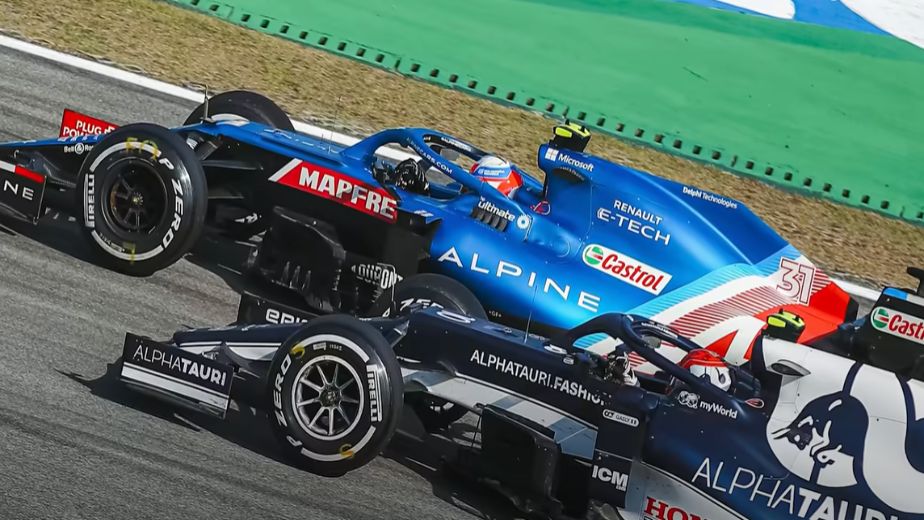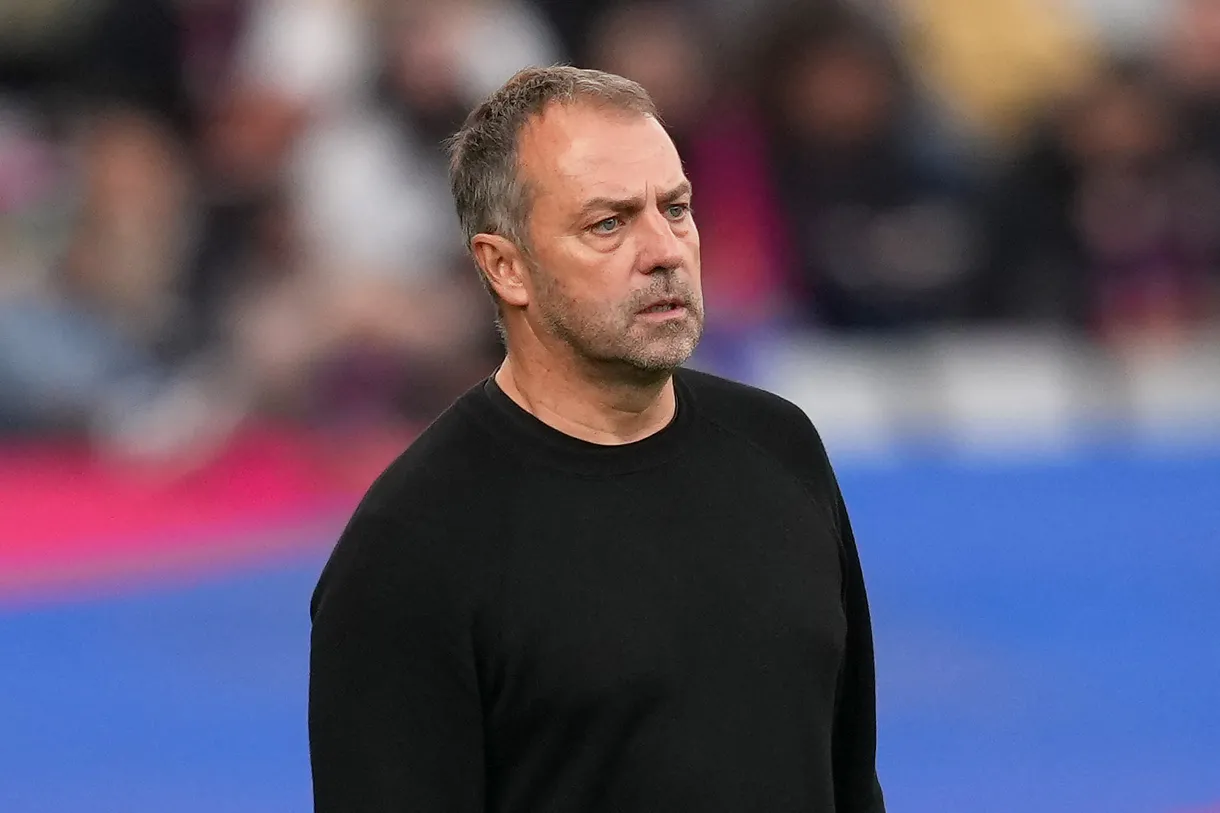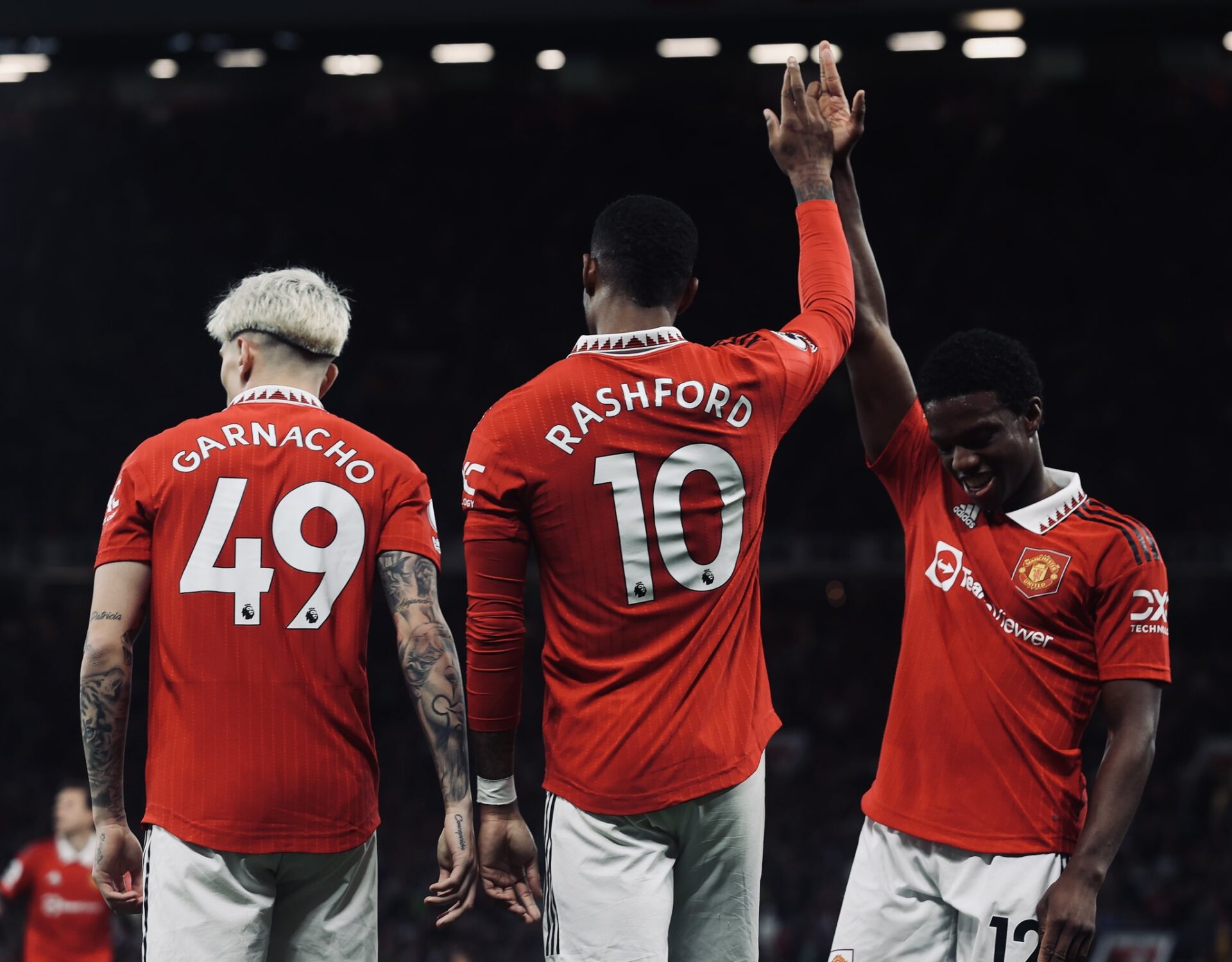(Motorsport) Alpine have launched a programme called Race(H)er to give female drivers the opportunity to race in Formula 1 for the first time in half a century. The racing development programme will take place over eight years and provide young girls with training and a structured pathway to make it to the top of the motorsport pyramid. Since the World Championship began in 1950, only two women have started a Formula 1 race with late Italian Lella Lombardi being the last one in 1976.
Alpine Chief Executive Laurent Rossi aims to transform the car manufacturer to a team that “debunks myths” and gives equal opportunities to women and men. He said “We want to make sure we give access to all of the jobs, all of the opportunities at Alpine, to women. By not having a more balanced representation of women in the workforce I basically deprive Alpine and myself of 50 per cent of the talents out there … I see it as I'm missing half of my team.
“The intent is to debunk all of the myths that women can't, because they're not adapted, because they don't have role models, because the jobs we offer are not for women. We want to debunk all those myths one by one and make sure that for each opportunity offered at Alpine there's always an equal chance for women to get the job because they can." He continued “Fernando Alonso is 41 [in July] and he drives a Formula One car. I think Fernando Alonso at 41 is not as strong as a perfectly fit woman athlete at 30. You can drive a Formula One car with the right preparation and that's what we intend to do. We want to prepare women the same way that men are prepared."
Launched in 2019, the all-female W Series was meant to help women climb up the motorsport ladder but inaugural champion Jamie Chadwick has failed to make the step up but remains defiant about achieving her dream in Formula 1. Speaking to Sky Sports, Chadwick said “The ultimate goal is to be in those championships, ideally Formula Two and then Formula One.” When asked if she could cope with the physical demands, Chadwick said “I don't know what is actually possible.
“To get into Formula One you have to go through the feeder series – Formula Three and Formula Two – and it is extremely physical. Formula One is extremely physical, and we don't know exactly what women are capable of in the sport. If you are aged 15 or 16, and go into car racing, without power steering and driving big heavy cars, a lot of women do struggle, even though they have been successful in go-karting. We like to think that women can make it – and I am happy to be the guinea pig and will do my best to push and explore the options to Formula One – but we don't know.
"There hasn't been a woman in the recent era that has done it. I am trying to understand whether that is to do with the physical side. If it is physically possible, and women can compete against men, how do we make that happen? However, if it is physically too hard, but the sport wants women to compete, then we have got to bring it back and understand why."
Also read: Formula 1 to introduce synthetic and sustainable fuel by 2026














